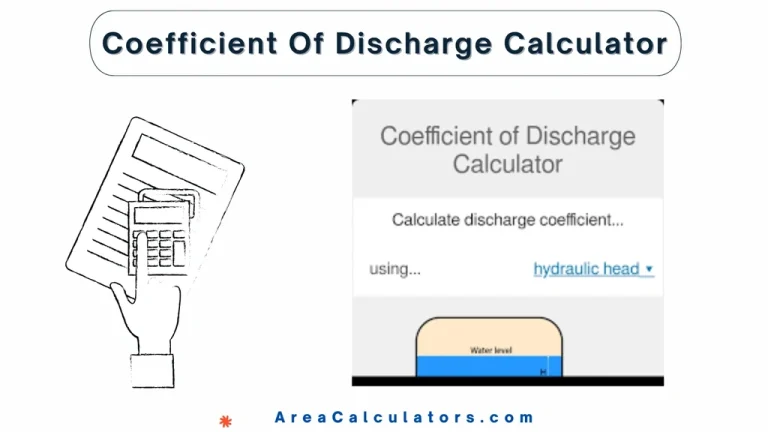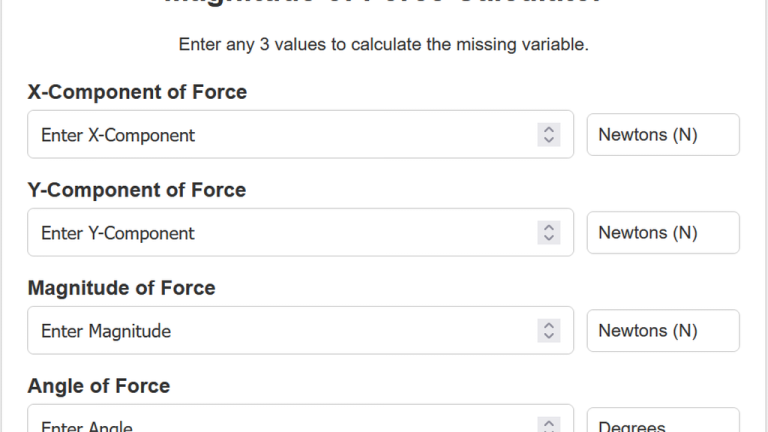Therapy Productivity Calculator – [ Healthcare, Physical Therapy ]
To calculate therapy productivity, divide the minutes of productive therapy (MP) by the minutes contracted (MC), then multiply by 100 for a percentage.
To calculate therapy productivity, divide the minutes of productive therapy (MP) by the minutes contracted (MC), then multiply by 100 for a percentage.
The Therapy Productivity Calculator is custom-built for therapists and healthcare administrators. It facilitates them to track and improve productivity by evaluating the time spent on direct patient care versus total contracted hours.
This tool is especially valuable in physical therapy, occupational therapy, and other healthcare settings where efficient use of time directly impacts patient outcomes and clinic efficiency. By understanding productivity, clinics can optimize scheduling, workload, and resource allocation.
| Variable | Description |
|---|---|
| P | Productivity percentage |
| MP | Minutes of productive therapy |
| MC | Minutes contracted or scheduled |
Example 1:
| Step | Calculation |
|---|---|
| Productive Therapy Minutes (MP) | 300 minutes |
| Contracted Minutes (MC) | 400 minutes |
| Productivity Calculation | |
| Result | 75% |
Answer: If a therapist provides 300 minutes of productive therapy out of 400 contracted minutes, their productivity is 75%.
Example 2:
| Step | Calculation |
|---|---|
| Productive Therapy Minutes (MP) | 250 minutes |
| Contracted Minutes (MC) | 350 minutes |
| Productivity Calculation | |
| Result | 71.43% |
Answer: For 250 productive minutes out of 350 contracted minutes, the productivity is approximately 71.43%.
The Therapy Productivity Calculator is a health-related tool. It is specifically designed to aid therapists and healthcare providers to measure their productivity, an essential aspect in clinics and healthcare settings. This tool calculates the ratio of time spent in direct patient care versus available working hours, helping therapists to assess efficiency and ensure productivity goals are met.
By providing an accurate productivity percentage, this calculator supports therapists in balancing patient care with administrative tasks.
To use this calculator, input your total work hours and the hours dedicated to direct patient care. The tool will then compute your productivity rate, making it a practical asset for physical therapists, occupational therapists, and other professionals in therapeutic fields.
For the last part, this calculator assists therapists in tracking their productivity, helping them maintain a balance between patient care and administrative duties, ultimately fostering improved service quality and operational efficiency.

To calculate, determine the forage mass available on your land, the cattle’s intake rate, and the grazing window (in days). Divide the forage mass by the product of intake rate and grazing window to get the number of cattle per hectare, ensuring a balanced grazing system. A Cattle Per Hectare Calculator helps farmers determine how…

The coefficient of discharge is calculated by dividing the actual discharge by the theoretical discharge. This value accounts for flow inefficiencies and provides a more accurate measurement of fluid discharge through an orifice, nozzle, or valve. The coefficient of discharge (Cd) is a crucial factor in fluid mechanics. It calculates the actual discharge through an…

To calculate the magnitude of a force, take the square root of the sum of the squares of the force components along the x and y axes. The Magnitude of Force Calculator is used in physics for calculating the size of a force this is acting on an object. This is particularly useful in mechanics…
Welcome to 36 Hour Fast Calculator, a basic and advanced version. Insert Start time, end time and type of fast to calculate 36 hour fast. Welcome to the world of intermittent fasting! Have you ever considered trying a 36-hour fast but wondered how to calculate the duration? Formula The formula is: D=36 Where: D stands…
To calculate an escrow shortage, subtract the escrow amount available from the total amount required and divide it by the number of months in the loan term. The Escrow Shortage Calculator is a vital financial tool designed to estimate any shortfall in your escrow account. Escrow accounts are typically used to pay property taxes and…

To calculate using the 3 percent rule, multiply the total value of your retirement portfolio by 0.03 to determine the annual amount you can safely withdraw. The 3 Percent Rule is a conservative strategy for withdrawing from retirement savings. It suggests that retirees withdraw 3% of their total retirement portfolio each year to ensure that…